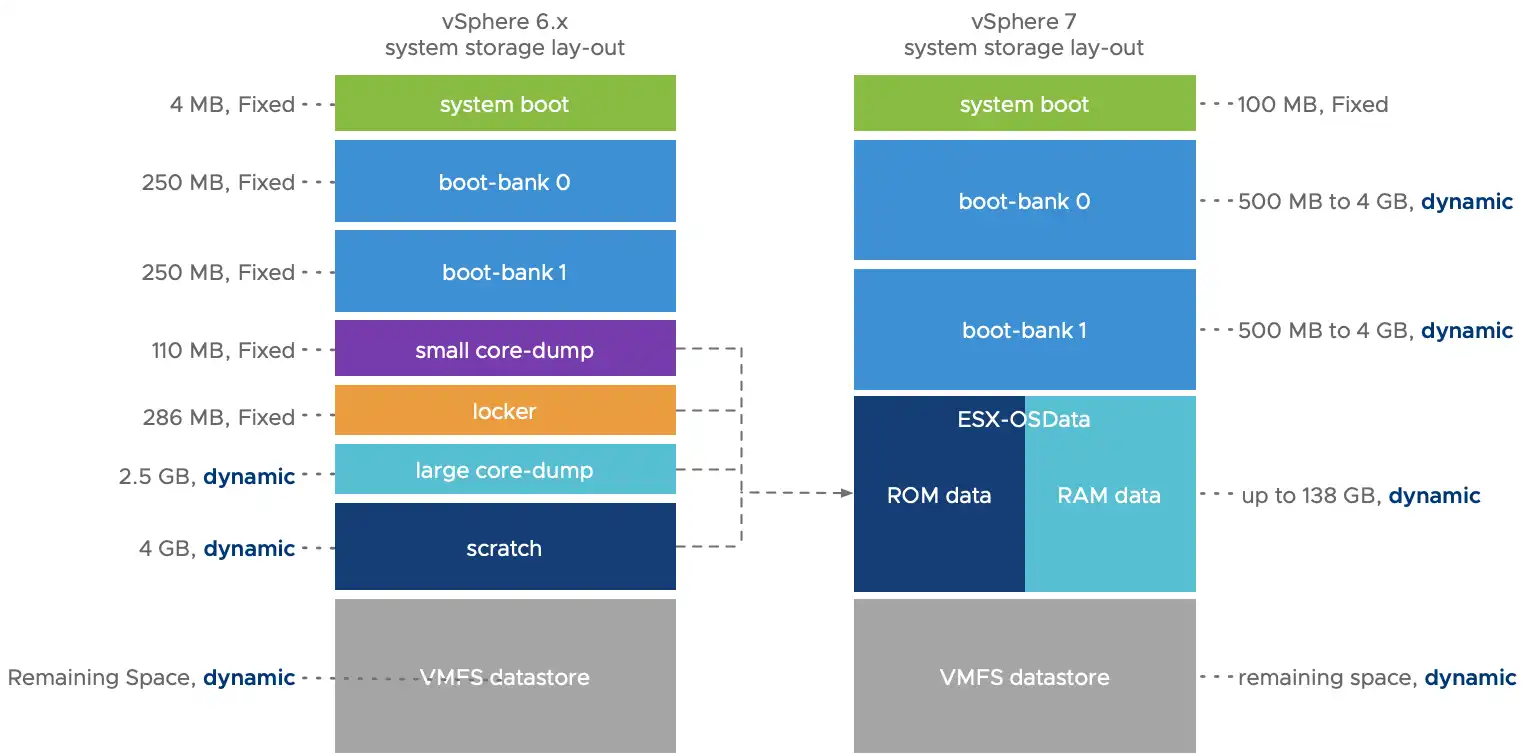栈(Stack)是一种基础的数据结构,遵循后进先出(LIFO,Last In First Out)的原则。它被广泛应用于函数调用、表达式求值、括号匹配等问题中。在这篇技术博客中,我们将详细介绍如何使用C语言实现一个栈,并涵盖基本的操作以及实战应用。
什么是栈?
栈是一种特殊的线性表,只允许在一端进行插入和删除操作。这一端被称为栈顶(Top)。栈的基本操作包括:
- Push: 将元素压入栈顶。
- Pop: 从栈顶移除元素。
- Peek/Top: 查看栈顶元素而不移除。
- IsEmpty: 判断栈是否为空。
- IsFull: 判断栈是否已满(对于有固定容量的栈)。
栈的实现方法
在C语言中,栈的实现可以分为基于数组和基于链表两种方法。我们将分别介绍这两种实现方式。
1. 基于数组实现栈
基于数组的栈实现通常适用于固定大小的栈。以下是代码示例:
#include <stdio.h>
#include <stdlib.h>#define MAX_SIZE 100typedef struct {int data[MAX_SIZE];int top;
} Stack;// 初始化栈
void initStack(Stack *stack) {stack->top = -1;
}// 判断栈是否为空
int isEmpty(Stack *stack) {return stack->top == -1;
}// 判断栈是否已满
int isFull(Stack *stack) {return stack->top == MAX_SIZE - 1;
}// 压栈操作
void push(Stack *stack, int value) {if (isFull(stack)) {printf("Stack overflow! Cannot push %d\n", value);return;}stack->data[++stack->top] = value;
}// 弹栈操作
int pop(Stack *stack) {if (isEmpty(stack)) {printf("Stack underflow! Cannot pop\n");return -1;}return stack->data[stack->top--];
}// 查看栈顶元素
int peek(Stack *stack) {if (isEmpty(stack)) {printf("Stack is empty! Cannot peek\n");return -1;}return stack->data[stack->top];
}// 打印栈中元素
void printStack(Stack *stack) {if (isEmpty(stack)) {printf("Stack is empty!\n");return;}printf("Stack elements: ");for (int i = 0; i <= stack->top; i++) {printf("%d ", stack->data[i]);}printf("\n");
}int main() {Stack stack;initStack(&stack);push(&stack, 10);push(&stack, 20);push(&stack, 30);printStack(&stack);printf("Popped: %d\n", pop(&stack));printStack(&stack);printf("Top element: %d\n", peek(&stack));return 0;
}
核心特点:
- 使用数组存储数据。
- 通过
top变量管理栈顶位置。 - 操作简单但存在固定容量的限制。
2. 基于链表实现栈
链表实现的栈不需要固定大小,动态分配内存,适用于需要灵活容量的场景。
#include <stdio.h>
#include <stdlib.h>typedef struct Node {int data;struct Node *next;
} Node;// 初始化栈
Node* initStack() {return NULL;
}// 判断栈是否为空
int isEmpty(Node *top) {return top == NULL;
}// 压栈操作
void push(Node **top, int value) {Node *newNode = (Node *)malloc(sizeof(Node));if (newNode == NULL) {printf("Memory allocation failed! Cannot push %d\n", value);return;}newNode->data = value;newNode->next = *top;*top = newNode;
}// 弹栈操作
int pop(Node **top) {if (isEmpty(*top)) {printf("Stack underflow! Cannot pop\n");return -1;}Node *temp = *top;int value = temp->data;*top = temp->next;free(temp);return value;
}// 查看栈顶元素
int peek(Node *top) {if (isEmpty(top)) {printf("Stack is empty! Cannot peek\n");return -1;}return top->data;
}// 打印栈中元素
void printStack(Node *top) {if (isEmpty(top)) {printf("Stack is empty!\n");return;}printf("Stack elements: ");Node *current = top;while (current != NULL) {printf("%d ", current->data);current = current->next;}printf("\n");
}int main() {Node *stack = initStack();push(&stack, 10);push(&stack, 20);push(&stack, 30);printStack(stack);printf("Popped: %d\n", pop(&stack));printStack(stack);printf("Top element: %d\n", peek(stack));return 0;
}
核心特点:
- 动态分配内存,无容量限制。
- 通过链表节点表示栈元素。
- 实现更加灵活,但需要注意内存管理。
实战案例:括号匹配问题
栈可以用于解决括号匹配的问题。以下是一个简单的实现:
#include <stdio.h>
#include <stdlib.h>
#include <string.h>#define MAX_SIZE 100typedef struct {char data[MAX_SIZE];int top;
} CharStack;// 初始化字符栈
void initCharStack(CharStack *stack) {stack->top = -1;
}// 判断栈是否为空
int isCharStackEmpty(CharStack *stack) {return stack->top == -1;
}// 压栈操作
void pushChar(CharStack *stack, char ch) {if (stack->top == MAX_SIZE - 1) {printf("Stack overflow! Cannot push %c\n", ch);return;}stack->data[++stack->top] = ch;
}// 弹栈操作
char popChar(CharStack *stack) {if (isCharStackEmpty(stack)) {printf("Stack underflow! Cannot pop\n");return '\0';}return stack->data[stack->top--];
}// 检查括号匹配
int isBalanced(const char *expr) {CharStack stack;initCharStack(&stack);for (int i = 0; i < strlen(expr); i++) {char ch = expr[i];if (ch == '(' || ch == '{' || ch == '[') {pushChar(&stack, ch);} else if (ch == ')' || ch == '}' || ch == ']') {if (isCharStackEmpty(&stack)) {return 0; // 多余的右括号}char top = popChar(&stack);if ((ch == ')' && top != '(') ||(ch == '}' && top != '{') ||(ch == ']' && top != '[')) {return 0; // 括号不匹配}}}return isCharStackEmpty(&stack);
}int main() {const char *expr = "{[()]}";if (isBalanced(expr)) {printf("The expression is balanced.\n");} else {printf("The expression is not balanced.\n");}return 0;
}
总结
通过这篇博客,我们从基础概念到代码实现,深入探讨了如何使用C语言实现栈。无论是数组还是链表方法,各有优缺点。栈的应用范围广泛,是编程中不可或缺的工具。希望这篇文章能帮助您更好地理解和掌握栈的实现与应用!











